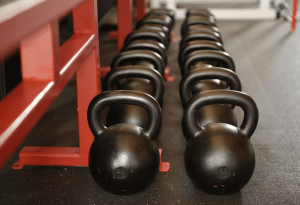Hand position during pull-ups does not change muscle activation patterns
Common thinking among fitness professionals is that grip orientation affects muscle activation patterns during the pull-up exercise. For example:
1. Supinated grip – elicits increased biceps brachii activation
2. Pronated grip – elicits increased brachialis activation
3. Neutral grip – elicits increased brachioradialis activation
In a study by Dickie et al (2016), the researchers found that the above statement is actually NOT the case (with the exception of the middle trap) as NO significant differences existed across pull-up variations.
Another key of the following study was its ability to determine which muscles were activated enough to promote adaptations. According to Youdas et al (2010) EMG activation values greater than 50-60% maximum voluntary isometric contraction, MVIC, is NECESSARY to cause muscular growth. This study showed that the biceps brachii, lats, brachioradilais and infraspinatus were all sufficiently activated in each pull-up variation to promote muscular growth. Of the following muscles, the elbows flexors reached the greatest % of their MVIC, which is contrary to popular belief that the pull-up is primarily a lat dominant exercise.
Sources:
1. Dickie, J., Faulkner, J., Barnes, M., & Lark, S. (2016). Electromyographic analysis of muscle activation during pull-up variations. J Electromyography and Kinesiology 32, 30-36.
2. Youdas JW, et al. Surface electromyographic activation patterns and elbow joint motion during a pull-up, chin-up, or perfect-pullup™ rotational exercise. J Strength Cond Res. 2010.








